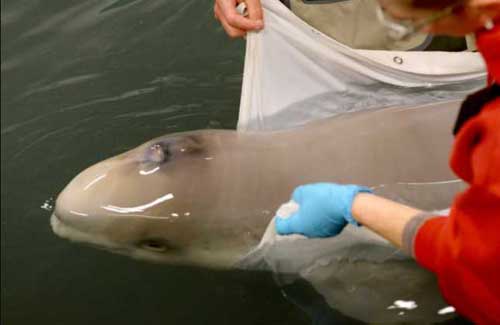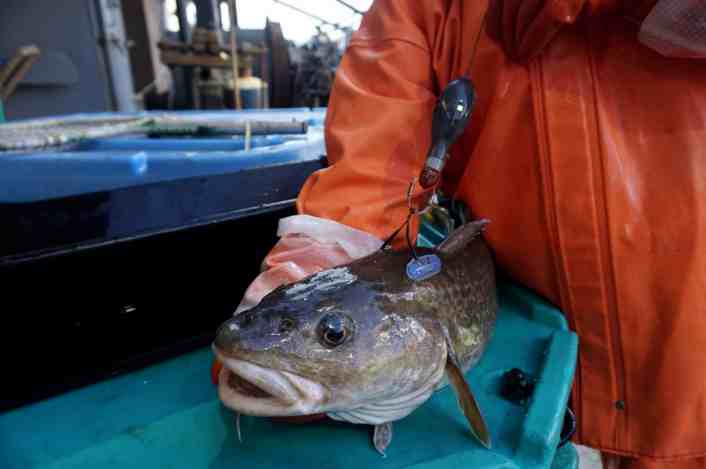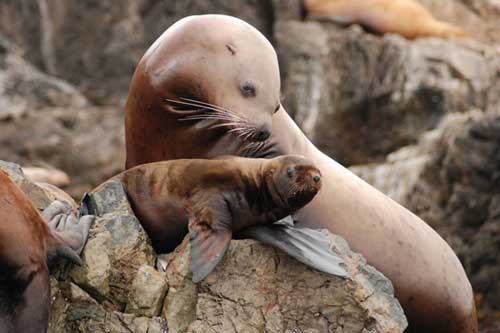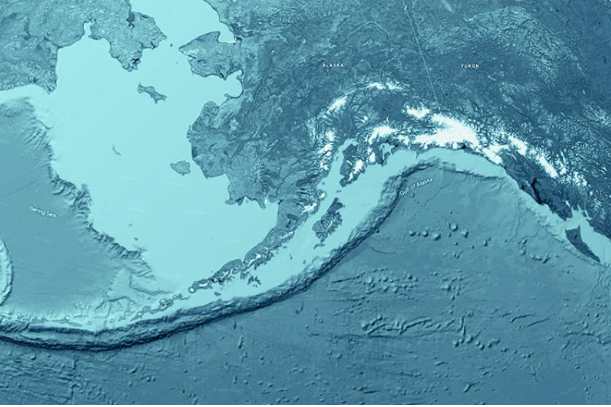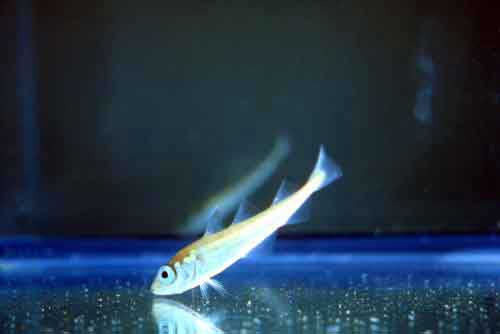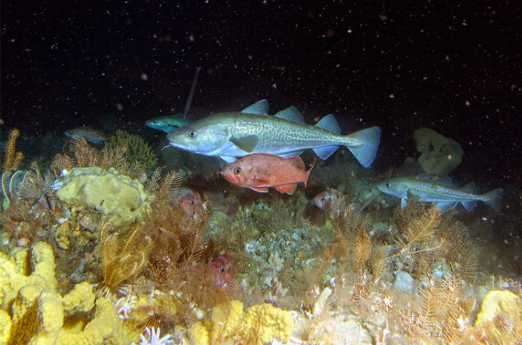Draft environmental impact statement seeks balance between protecting Steller sea lions and reducing economic impacts on fishing industry.
NOAA Fisheries is releasing for public review and comment fishery management measures that would protect Steller sea lions while reducing economic impacts on the Atka mackerel, Pacific cod, and pollock fisheries in the Aleutian Islands. The measures are part of a draft environmental impact statement (EIS) for the Bering Sea and Aleutian Islands Management Area.
|
|
The western distinct population segment of Steller sea lions is listed under the Endangered Species Act as endangered. It has experienced a slight overall increase in abundance since 2000, although portions of its range have shown sustained declines.
“The ESA requires NOAA to ensure that the groundfish fishery, by potentially competing for the same food as the Steller sea lions, is not likely to jeopardize the continued existence of the segment of the population,” said NOAA Fisheries Alaska Regional Administrator Jim Balsiger. “NOAA must also ensure the groundfish fishery will not adversely modify or destroy the segment’s designated critical habitat, which includes haulouts, rookeries, and foraging locations from Cape Suckling to the end of the Aleutian chain.”
In 2010, NOAA Fisheries determined that the suite of fishery management measures to be implemented in 2011, which closed most fishing in the western Aleutian Islands, provide sufficient protection for Steller sea lions.
The State of Alaska and several fishing industry groups sued NOAA in the U.S. District Court of the District of Alaska, saying that NOAA Fisheries implemented more protection for Steller sea lions than necessary to comply with the ESA, resulting in higher costs to the fishing industry. Although the court upheld NOAA’s ESA analysis, it found that the agency did not provide sufficient public review of the environmental assessment for the Steller sea lion protection measures implemented in 2011. The court ordered NOAA Fisheries to complete a full EIS for the protection measures.
After working with NOAA Fisheries on the matter, the North Pacific Fishery Management Council recommended that NOAA consider a revised set of protection measures that would allow more fishing while still protecting sea lions. The Council recommended a preliminary preferred alternative at its April meeting. This alternative includes management measures that disperse harvest of Steller sea lion prey species over different times and locations by closing areas to certain fisheries and gear types and that limit seasonal and annual harvest.
NOAA Fisheries, in consultation with the council, began a robust outreach and cooperation effort more than a year ago to ensure full public participation in the EIS process. The agency also included the Alaska Department of Fish and Game, U.S. Fish and Wildlife Service, and the U.S. Coast Guard as cooperating agencies for the draft EIS.
Release of the draft EIS provides the public the opportunity to review the information used and analysis of alternatives and provides for comments on the document. Publication in the Federal Register of the notice of availability for the draft EIS on May 17 opens a 60-day public comment period. Comments must be received by July 16.
Address comments to: James W. Balsiger, Ph.D., Administrator, Alaska Region, NMFS. Include the following identifier for the comment subject: Steller sea lion EIS. Comments may be submitted by any of the following methods:
- Electronic Submission: via the Federal e-Rulemaking Portal at www.regulations.gov(search for: NOAA-NMFS-2012-0013)
- Mail: P.O. Box 21668, Juneau, AK 99802-1668.
- Fax: 907-586-7557.
- Hand delivery to the Federal Building: 709 West 9th Street, Room 420A, Juneau, AK
Release of the draft EIS to the public is one step forward in the full process for NOAA Fisheries to complete a final EIS by March 2014, as ordered by the U.S. District Court for the District of Alaska. A copy of the draft EIS is available online at the NOAA Fisheries Alaska Region Steller Sea Lion Protection Measures web site.
NOAA’s mission is to understand and predict changes in the Earth’s environment, from the depths of the ocean to the surface of the sun, and to conserve and manage our coastal and marine resources. Join us on Facebook, Twitter and our other social media channels.
To learn more about NOAA Fisheries in Alaska, visit alaskafisheries.noaa.gov orwww.afsc.noaa.gov.

